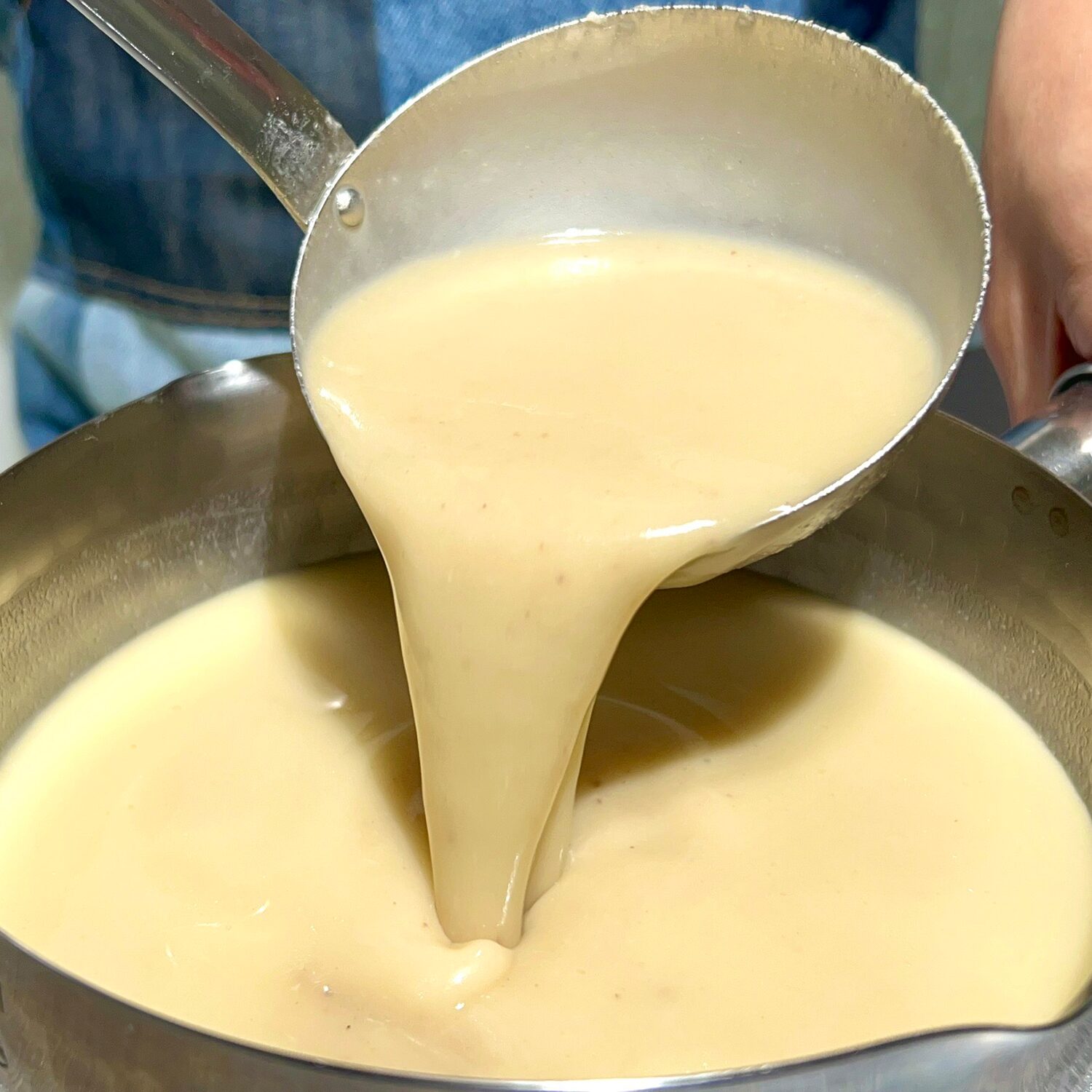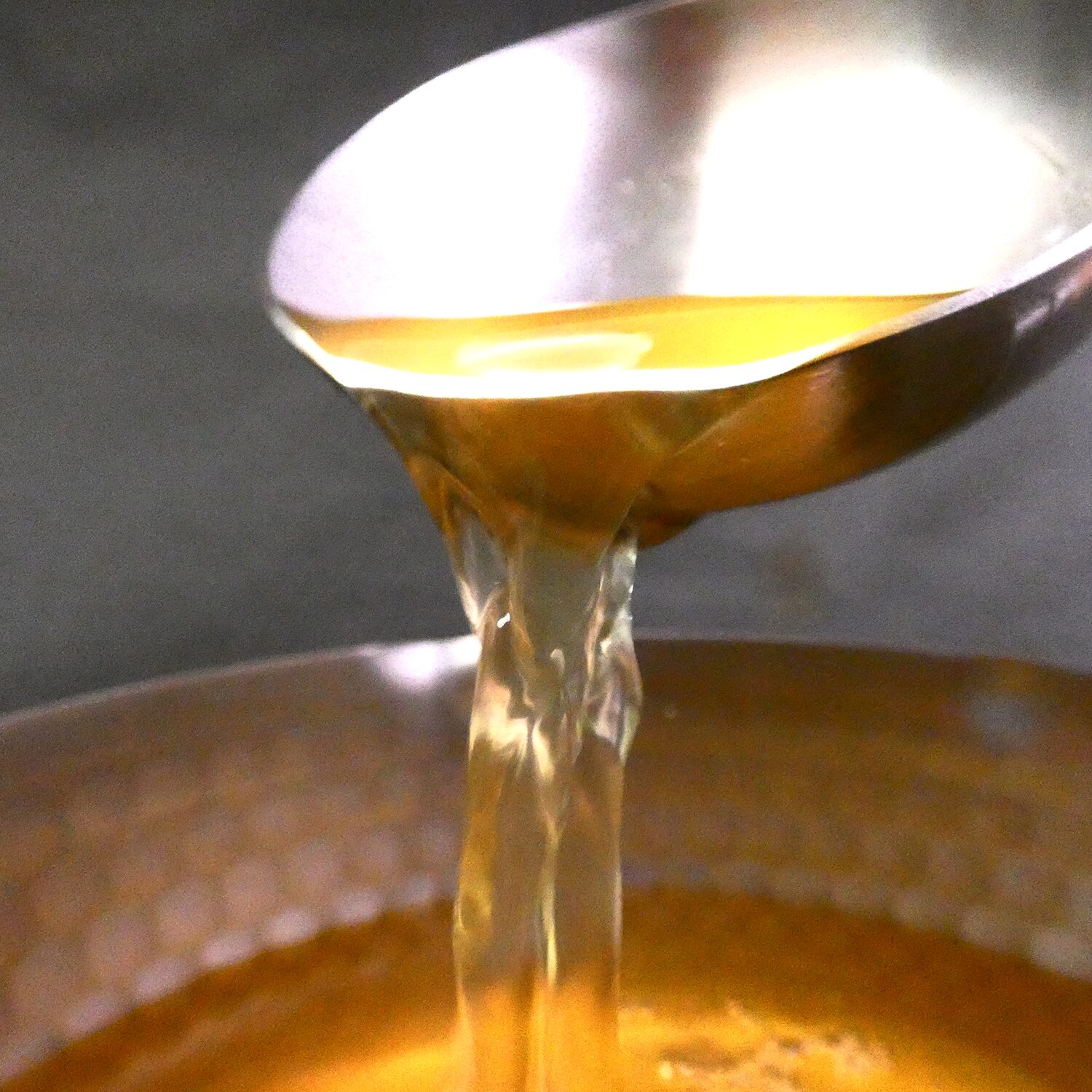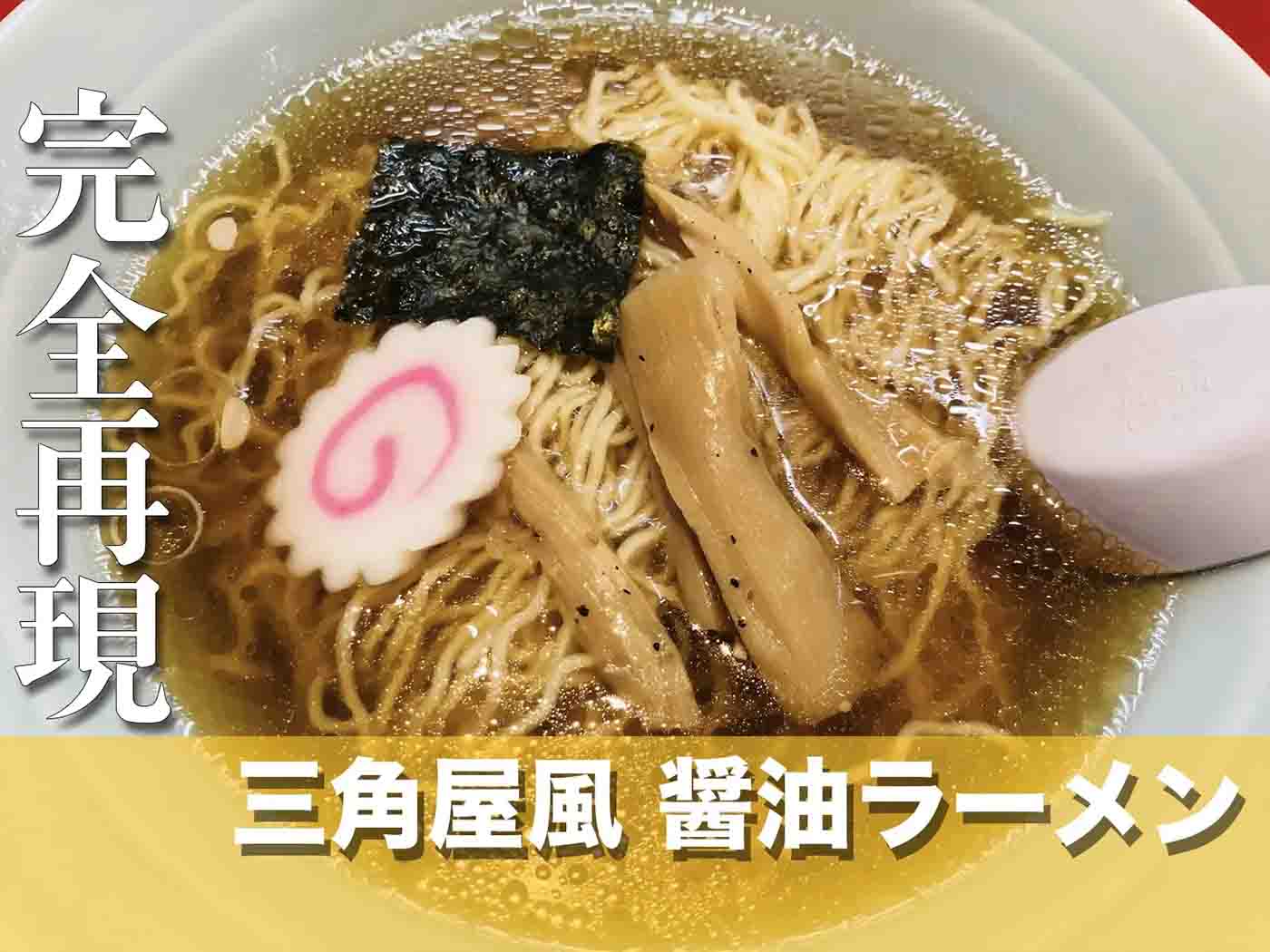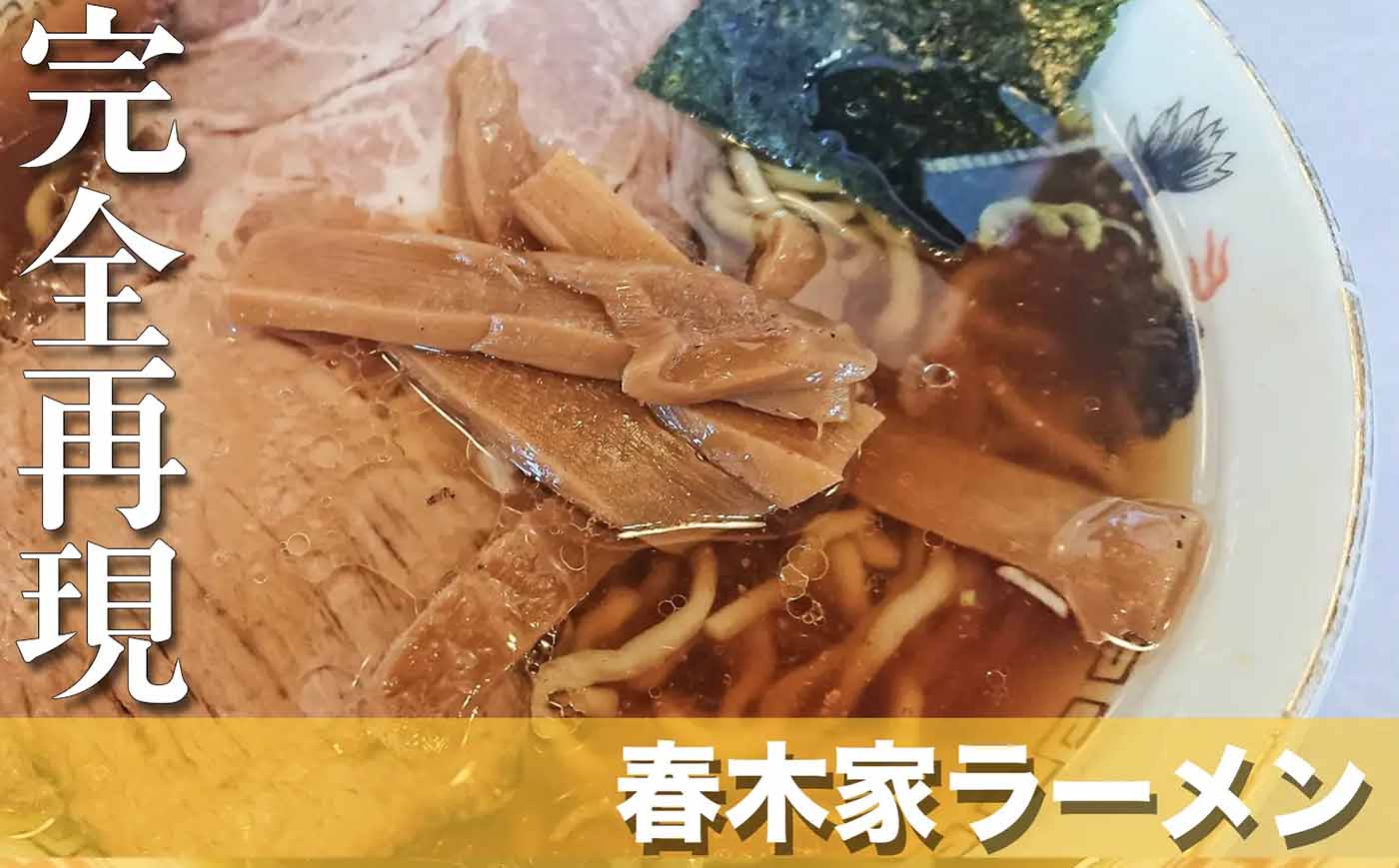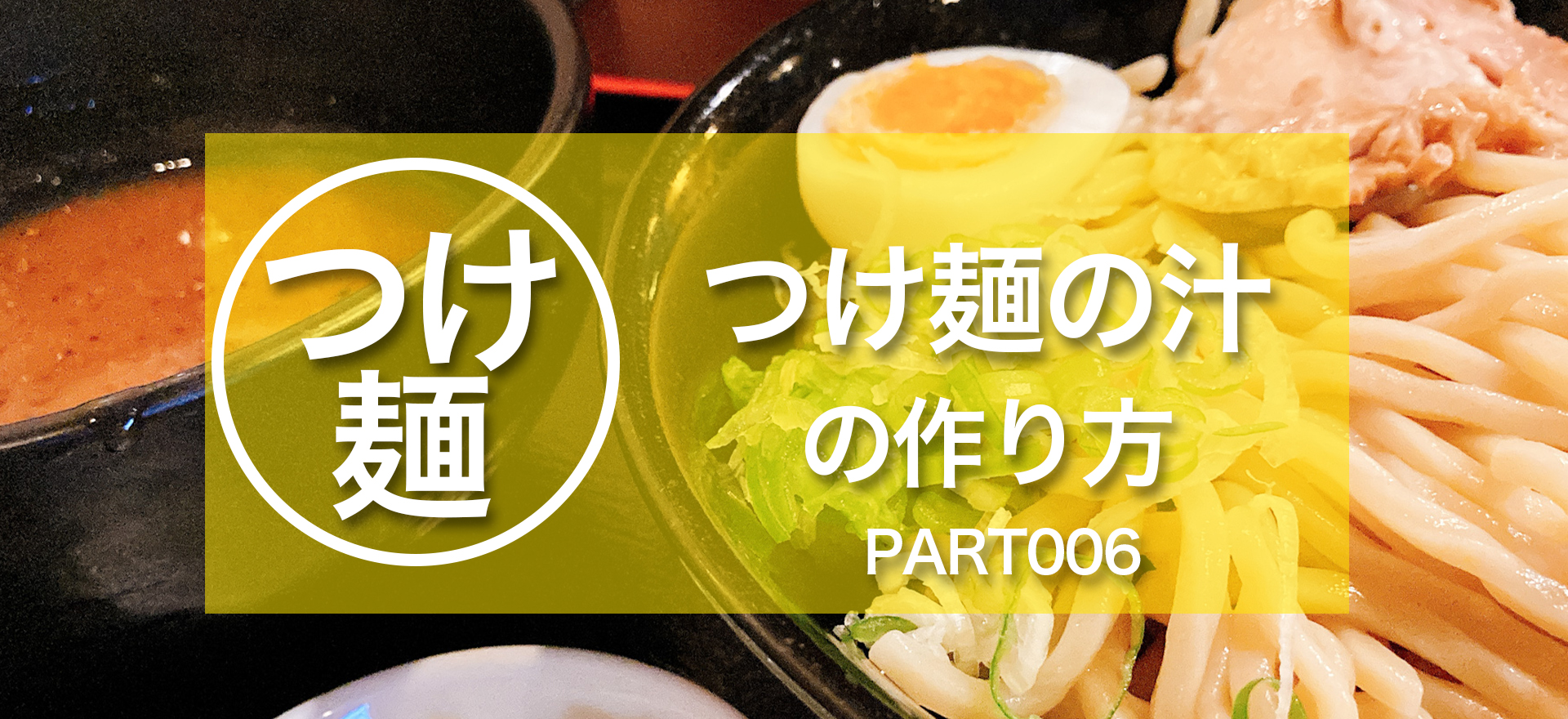[Complete Reproduction] Recipe ①: Recreating "Sabuchan "Ramen with a Professional Taste
![[Famous Restaurant Recipe] How to Make Sabuchan chan Style Ramen Soup](https://cookpit.jp/wp-content/uploads/2023/01/06702b93fcbb0f259b14c49b6afbdf38.jpg)
"Sabuchan" How to Recreate Tokyo Ramen
Introduction
This is an introduction to a recipe that recreates the Tokyo Ramen from Sabuchan a ramen shop that represents Jimbocho, Tokyo.
Sabuchan 's Tokyo Ramen has a thick, rich soup with a layer of oil on top, but it's not greasy and has a unique flavor that's so delicious you'll want to drink it all up. The noodles, which are Umami with Ginger soup and have a vibrant golden color, are a perfect match for the loosely curled noodles, which go perfectly with the soup, and you'll finish them in no time.
This is a recipe that uses commercial Ramen soup to easily recreate the taste of Sabuchan 's Tokyo Ramen.
"Sabuchan" How to Make Tokyo Ramen
Sabuchan 's ingredients
・Water...10 liters
・ Pork backbone...1kg
・Pork knuckles・・・1kg
・Chicken bones...1kg
・ [Commercial Use] Pork Clear Soup (CP-BC6)...3kg
・ Ginger...50g
・ Garlic...10g
・Dashi Kombu... 10g
・ Sababushi... 30g
・Pork for char siu...appropriate amount
How to make Sabuchan
- Boil the bones in boiling water for 2-3 minutes to Blood removal, then immediately remove and rinse under running water.
- Place the drained bones and Aromatic Vegetables in a pot and simmer over low heat for 3 hours.
- By carefully removing the scum that appears during the process, you can reduce strange odors and unpleasant flavors.
- Add the dashi Kombu and Sababushi and simmer over low heat for 1 hour.
- Cook while breaking down the bones, and if the soup Evaporation and reduces during cooking, add water to make up for the loss and return it to the original amount.
- Once the bones have been broken down, they will form the base of the flavor. [For commercial use] Add frozen pork clear soup (CP-BC6) and dissolve over low heat.
- Once the frozen soup has thawed and the flavors have blended well, it is ready.
A simple recipe to recreate "Sabuchan"
![[Famous Restaurant Recipe] How to Make Sabuchan chan Style Ramen Soup](https://cookpit.jp/wp-content/uploads/2023/01/06702b93fcbb0f259b14c49b6afbdf38.jpg)
👉【無料サンプル】「さぶちゃん」の再現セットはこちら>>
Ingredients (for 1 cup)
- [Commercial Use] Pork Clear Soup (CP-BC6)... 100cc
- [Commercial use] Chicken clear soup (CP-TC4)... 100cc
- [Commercial Use] Sababushi Pack...50g
- 水…50g
- [For commercial use]"Sabuchan" Replica Kae...35g
- [For commercial use] Domestic chicken oil …20g
- Medium-thin curly noodles...1 ball
- [For commercial use] Pork shoulder loin...appropriate amount
- [For commercial use] Sukoburu Menma...appropriate amount
- Green onion...appropriate amount
How to make it
- Dissolve [Commercial Use] Pork Clear Soup and [Commercial Use] Chicken Clear Soup.
- In 2 liters of water, [For commercial use] Add one pack of Sababushi and boil for 20 minutes.
- Combine pork clear soup, chicken clear soup, mackerel stock, and water.
- Pour the seasoning, chicken oil, and soup into a warmed bowl.
- Add the noodles and toppings and it's done.
"Sabuchan ①" reproduction sample
[Limited quantity] Free sample delivery for only 500 yen shipping!
For enquiries, please contact us below.
History and origins
There was a Ramen shop called "Sabuchan" that operated for 51 years from 1966. It is said that this shop coined the term "Hanchan Ramen," which combines Ramen and fried rice.
Ramen alone is not enough for lunch, but ordering both Ramen and fried rice is too much. It is said that the name "Half Fried Rice" was chosen with the pocket money of students and office workers in mind. It is also said that Sabuchan 's love of mahjong led to the name "Half-Chance" (Half-Chance).
More than 180 people flocked to this Ramen shop, which had only 10.2 m2 of floor space and seven seats, every day. Ramen lovers lined up to wait alongside the owner, Saburo Kinoshita, also known as Sabuchan, who worked hard to make the ramen. The ramen offered a classic Tokyo flavor with a strong Shoyu flavor, but closed in 2017.
Store Information
- Store name: Sabuchan
- Address: Kinoshita Building 1F, 2-24 Kanda Jinbocho, Chiyoda-ku, Tokyo
- Business hours: Lunch 12:00-14:00, Dinner 17:00-19:30
- Closed: Sundays, Mondays, and public holidays
*Business hours and holidays may change, so please check with the store before visiting.
客単価UP狙いませんか?✨
Popular Ramen ingredients
Why not try another ingredient that will increase your average customer spend?
Others also viewed this recipe
Others also viewed this soup recipe
Precautions
*Created by Nishio Ryoichi as an homage to "Sabuchan."
*This recipe is for reference only. It aims to have a similar taste, but may differ from the original recipe by "Sabuchan."
References
■ Title: "Ramen Encyclopedia"
■Author: Ryoichi Nishio
■Publisher: Asahiya Publishing Co., Ltd.


